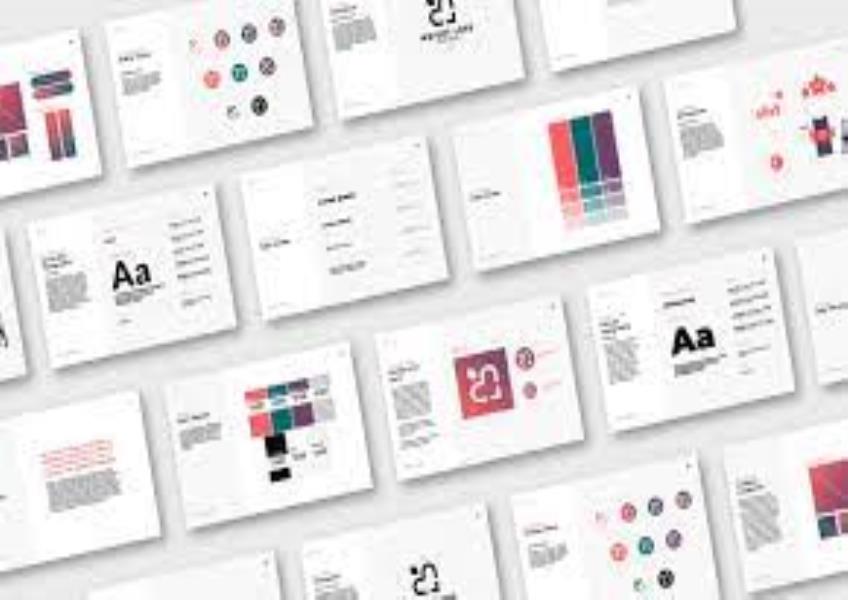Get the latest updates From BL Soni College Bhilwara

What are some key considerations when designing for different brand guidelines?
Designing within different brand guidelines requires careful attention to detail and a deep understanding of each brand's identity and values. Here are some key considerations when designing for different brand guidelines: Brand Identity Guidelines: Start by thoroughly reviewing the brand's identity guidelines or style guide. This document typically outlines the brand's color palette, typography, logo usage, tone of voice, and other design elements. Pay close attention to any specific rules or restrictions. Consistency: Maintain consistency with the brand's existing visual identity. Use the prescribed colors, fonts, and logo variations as specified in the guidelines. Deviating from these can dilute brand recognition. Color Palette: Adhere to the brand's color palette. Ensure that you use the correct color codes (hex, RGB, CMYK) for both print and digital materials. Avoid introducing new colors unless explicitly permitted. Typography: Use the approved fonts and typefaces specified in the brand guidelines. Pay attention to font sizes, weights, and spacing to ensure text is consistent with the brand's style. Logo Usage: Follow the guidelines for logo placement, sizing, and spacing. Be aware of any rules regarding logo colors and variations (e.g., primary logo, secondary logo, monochrome logo). Imagery and Photography: Understand the brand's preferences for imagery and photography. Some brands may have guidelines on the style of photos (e.g., candid, studio, lifestyle) or the use of filters and effects. Layout and Composition: Consider the brand's preferred layout and composition principles. Some brands may have specific grid systems or design patterns that you should follow. Tone of Voice: If the brand guidelines include tone of voice instructions, ensure that your copywriting aligns with the specified tone, whether it's formal, casual, friendly, or professional. Design Elements: Familiarize yourself with any unique design elements or patterns associated with the brand, such as borders, dividers, icons, or textures. Use them appropriately and consistently. Accessibility: Ensure that your designs are accessible to a wide audience. This includes using accessible color combinations, providing alternative text for images, and adhering to accessibility guidelines (e.g., WCAG). Platform-Specific Adaptation: Tailor your designs to fit the specific requirements of different platforms and mediums. For example, social media graphics may have different dimensions and layouts compared to print materials. Feedback and Approval: Communicate regularly with the client or brand manager to seek feedback and obtain approvals at key stages of the design process. This helps ensure that your work aligns with their expectations and brand identity. Test and Iterate: Test your designs across different devices and contexts to ensure they maintain their integrity and effectiveness. Be prepared to make necessary adjustments based on user feedback and testing results. Legal and Compliance: Be aware of legal considerations, such as copyright and trademark issues, when using specific images or content. Ensure that your designs comply with relevant regulations and standards. Cultural Sensitivity: If your designs will reach a global or diverse audience, be mindful of cultural sensitivities and avoid content that may be offensive or inappropriate in certain contexts. Version Control: Keep track of different versions of your design work to avoid confusion and ensure that you are using the most up-to-date assets and files. Remember that each brand may have its unique guidelines and requirements. The key is to approach each project with a keen eye for detail, a commitment to consistency, and a willingness to adapt your design skills to meet the specific needs of the brand you're working with.


